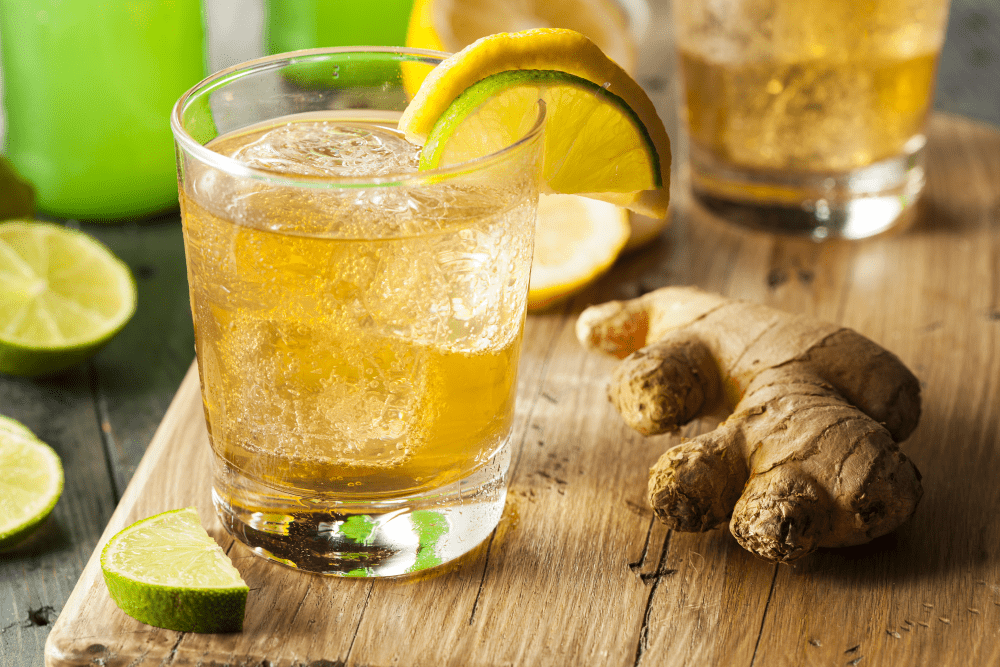If you should find yourself promisingly positioned beneath the mistletoe this festive season with the object of your affections standing close by, then boy do we have a factoid guaranteed to seal the deal for you. Everybody loves a Christmas cocktail, but did you know where the word comes from?
The search for the origins of the word “cocktail” took David Wondrich, barroom historian considered one of the world’s leading authorities on cocktails, on a strange and winding path that lasted 15 years. The tail at the end of his epic tale? Not a cockerel’s, as you might think, but instead a horse’s.
The discovery came after Wondrich had already published his book, Imbibe, which pinned the earliest mentions of the word cocktail down to America. However, drink historians Jared Brown and Anistatia Miller produced a conflicting piece of evidence: a 1798 snippet from a London newspaper.
The snippet mentions that whatever a “cocktail” was considered at the time was also “vulgarly called ginger”. Why? “The answer, I believe, is both weird and rather gloriously distasteful,” wrote Wondrich for Saveur, “but sometimes history is like that.”

The serving suggestion for pepping up humans fortunately focuses on a different orifice. Image credit: Brent Hofacker / Shutterstock.com
It hinges on the practice of “gingering” in which raw ginger is applied to a horse’s anus to get it to carry its tail high. Doing so was thought to make tired old horses look young and full of beans, as the irritant made them swoosh their tails around in a lively fashion.
Gingering is now largely illegal in horsing competitions and some organizations will even swab to test for remnants of ginger. To use Wondrich’s words, pretty distasteful, but what does it have to do with cocktails?
Applying raw ginger to horses’ anuses was intended to make them cock their tails to look sprightly, but ginger was also thought to pep up people when it was added to their drinks. It could be said, then, that a ginger drink like that mentioned in the 1798 newspaper could have an influence on humans’ vitality, drawing a connection between a cocked tail and cocktails.
In an 1828 publication, Sportsman’s Slang by John Badcock, Wondrich found evidence to support the idea in a section that read “gin and beer, or both, combined with a scratch or two of cock-tail in it.” Ginger was eventually swapped out for bitters as a drink that was enjoyed at breakfast as a pick-me-up. It’s possible that this eventually led to the evolution of what we now understand as a cocktail.
Wondrich is the first to admit that the explanation isn’t foolproof, but we look forward to seeing if the gaps in the record get plugged by further tales of gingering and invigorating beverages. For now, it sure beats talking about the weather at your festive get-togethers.
Source Link: What Horses' Anuses And Ginger Have To Do With The Origins Of "Cocktails"